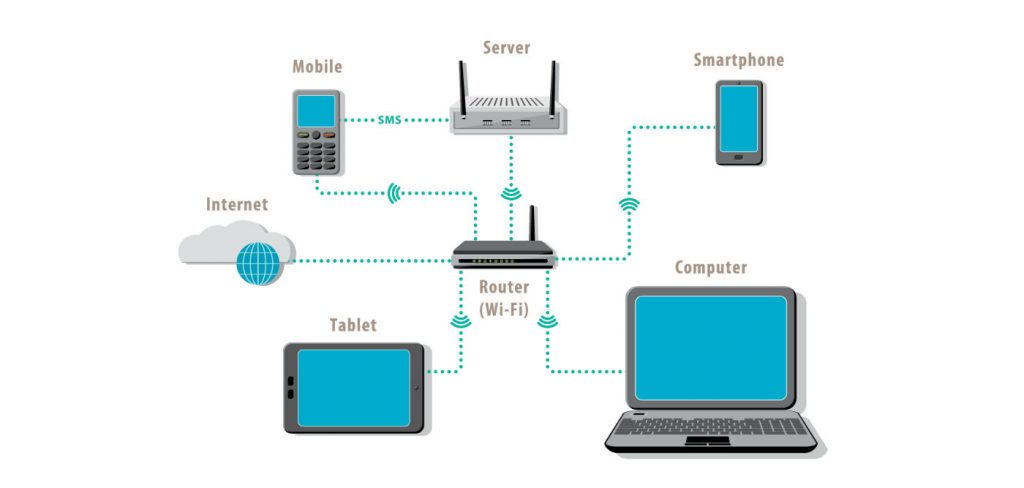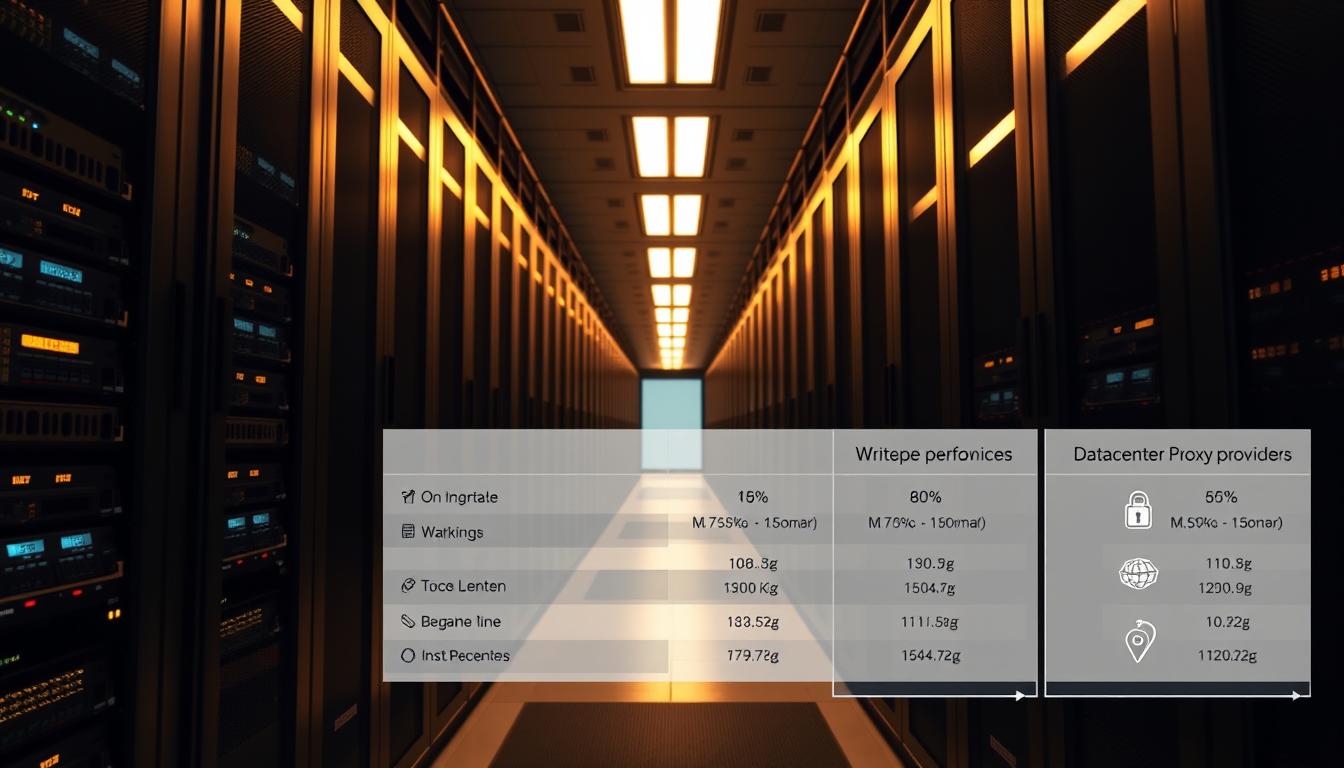FTC disclaimer: This post contains affiliate links and I will be compensated if you make a purchase after clicking on my link.
When multiple computers or nodes are connected, then they form a computer network.
The computer network is formed based on many factors such as functionality, geography, communication mode, and ownership.
Further, the computer network is divided into various types based on the geographical area.
Some of the most common computer networks are:
- LAN (Local Area Network)
- MAN (Metropolitan Area Network)
- WAN (Wide Area Network)
Let’s look into them one by one.
LAN (Local Area Network)
A Local Area Network (LAN) is designed to operate in a small area such as a home, office, building, or group of office or building.
Furthermore, the LAN contains two or more computers in a network connected through wired or wireless.
The wired LAN can use the coaxial or twisted-pair cable to connect two or more computers. But, when computers are connected wirelessly, it is called WLAN (Wireless Local Area Network).
IEEE first developed a local Area Network in the 1970s, and it supports the speed from 10 Mbps (Ethernet network) to 1 Gbps (FDDI or Gigabit Ethernet).
You will find a connected computer in LAN using Bus, Ring, and Star topology. And, most of the LANs you will find are Ethernet LANs.
In Star topology, one computer act as a server, and the other connected computer is called a client.
Moreover, you can connect two LANs using “Bridge” if it is situated in two different buildings.
The speed of the LAN depends on the type of topology it is using. For instance, bus topology supports 10 Mbps to 100 Mbps, and ring topology supports 4 Mbps to 16 Mbps.
The Local Area Network (LAN) functionalities are for the following purposes.
File Storage: A large storage disk can act as a central storage repository in a LAN.
Print purpose: you can connect a single printer to multiple computers in a LAN.
Institution or University: A LAN you will find in university that connects students in the classroom, labs, and examination center.
Manufacturing Industry: You will find LAN in manufacturing industries where employees are connected with others for support and progress.
Advantages and disadvantages of LAN
The advantages of using LAN:
- Large file transfer in high speed
- Access to file and resources from one point
- Effective in design and development work
- Useful in communicating and sharing resources
The disadvantages of using LAN:
- Setup and maintenance of LAN could be costly
- You can have limited access to resources because of more control and restriction.
- Inter-operation of multiple devices may not be reliable.
Metropolitan Area Network (MAN)
A Metropolitan Area Network is the bigger version of LAN. It is formed when two or more LANs are connected using optical fiber cable.
Moreover, you can also use the router between two or more LANs to create MAN.
The MAN most probably spread around an area of 50 KM. For instance, MAN can be found in cable television in a city, Internet network connectivity in metros or railway stations.
Further, when we join two or more building in the same location, such as the campus of the university, then we termed as Campus Area Network (CAN)
Besides, the MAN can be private or public, depending on the type of network. The MAN connection uses a protocol like Frame Relay, ISDN, RS-232, and more.
The purpose and functionalities of the MAN you will find in the following area:
- Connecting multiple metro stations in a city
- Connecting multiple organization office in a city
- MAN connects multiple government departments in a city for communication.
Advantages and disadvantages of MAN
Advantages of using MAN
- Lage geographical area can be covered using MAN
- High-speed data connectivity can be implemented using MAN
Disadvantages of using MAN
- MAN is costlier and difficult to implement.
- MAN will have more congestion and less fault management.
Wide Area Network (WAN)
A Wide Area Network is spread over vast areas such as states, countries, continents, or even all over the globe.
The best example would be the Internet. On Internet, the two computers that are separated widely can be connected.
A WAN may also contain multiple LAN (Local Area Network) and MAN (Metropolitan Area Network).
In WAN, the two computers or two-node can communicate with each other either wired or wirelessly.
Also, in wired communication, the telephone line is one of the mediums in WAN. In wireless communication, the satellite would be the wireless medium in WAN.
Moreover, various protocols are used in wired and wireless WAN.
The most common protocol in WAN is
- ISDN (Integrated Service Digital Network)
- SONET (Synchronous Optical Network)
- SMDS (Switched multi-Megabit Data Service)
- SDLC (Synchronous Data Link Control), and much more.
Advantages and disadvantages of WAN
The advantage of WAN is that it is spread up in a large geographical area and can connect a huge number of computers, nodes, or servers.
The disadvantage of WAN is that it is complex in design, and users can face high propagation delay and error occurrence.
Now, we will look after some other types of networks that are most common.
Type of network based on functionality
Client-Server Network
A Client-Server network is most common in which one computer or node acts as a server, and other computers or nodes connected with the server are known as a client.
Peer-to-Peer Network
A Peer-to-Peer network doesn’t require any separate server. In this case, the computers are connected, and anyone can act as a client and server to other connected computers.
Types of network based on restriction and ownership
Private Network
A private network has various restrictions that can impose on a secure network. For example, it can restrict unauthorized access and allow only a limited number of people or groups.
LAN (Local Area Network) is generally used as a private network.
Public Network
The public network has the least or no restriction. However, it is mostly owned by government agencies, institutions, or organizations.
The MAN or WAN can be used as a public network.
Types of networks based on transmission media.
Bound/Guided Media Network
The bound/guided media network is also known as wired media.
In this type of network, the two computers or nodes are connected with a physical link.
The physical link can be co-axial cable, twisted pair, optical fiber cable, etc. It is most commonly used in LAN and MAN.
Unbound/Unguided Media Network
Unbound/Unguided Media Network is also referred to as wireless media.
In this type of network, the two computer or nodes doesn’t require physical link instead it is based on electromagnetic transmission.
The most common wireless media used in connectivity is Radio waves, Microwaves, Infrared, and much more.
It is most commonly used in MAN and WAN.











